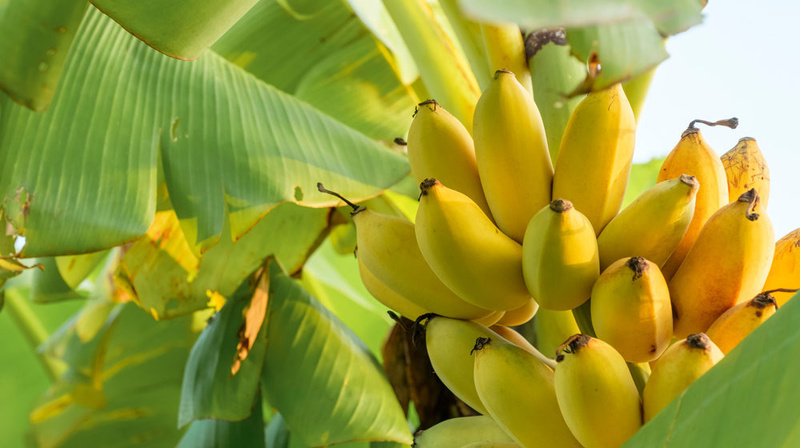
What Fruit Can I Grow in Florida?
Florida’s distinct regions are suitable for different fruits and certain cultivars. In general, grow tropical fruits in South Florida, citrus in South and Central Florida, and stone and pome fruit in Central and North Florida. However, there are always exceptions; do your research before deciding.
Floridians are well aware of the Sunshine State’s warm, humid climate, but what does that mean for growing fruit? Florida’s distinct regions are suitable for different fruits and their cultivars. Quite a few possibilities are available to homeowners in South, Central, and North Florida, if you do your research!
Citrus
Citrus is probably what you imagine when you think of Florida fruits, and for a good reason. Most citrus is damaged by freezing weather since it’s a subtropical fruit. Therefore, it doesn’t grow well in many areas of the country. Even North Florida sees temperatures too cold for many citrus fruits, though there are a few exceptions.
Warm-Weather Citrus
Various oranges can be grown in South and Central Florida, the most popular being the Navel orange. Most lemons and limes are very sensitive to the cold and should be grown only in warm parts of the state. Key limes, for example, are harvested year-round and grow best in South Florida and southern Central Florida. Grapefruits are another heat-loving fruit.
Cold-Hardy Citrus
North Floridians itching to grow citrus, don’t lose hope. Tangelos, Meyer lemons, and kumquats are cold-hardy fruits that can be grown throughout the state.
Deciduous Fruit Trees
To the surprise of many, several deciduous fruit trees – trees that lose their leaves in the winter – can be cultivated in North Florida, and some in Central Florida. Depending on the cultivar, they need a certain number of “chilling hours,” or a certain amount of time exposed to temperatures below 45 degrees. Check the number of chilling hours your region receives and the requirements of specific cultivars before you purchase them. Look for “low chill” varieties that will do better in Florida’s mild winters.
Stone Fruit
Stone fruit includes nectarines, peaches, and plums. Each of these fruits have cultivars that do well in Florida. When looking for the right stone fruit cultivars for Florida, look for trees that require around 300 chill hours.
Pome Fruit
Pome fruit includes apples, pears, and mayhaws (native to Florida). Like stone fruit, these fruit trees do best in North and North Central Florida.
Avocados
With their ever-growing popularity, avocados are a great option to try cultivating. If you’re in South Florida, you’re in the right climate for this. Florida avocados, or “green-skin avocados,” do best here and offer a different flavor, lower fat, and lower calories than the California-grown Hass avocados. However, unless you’re prepared to wait four to ten years for fruit, it’s better to purchase a grafted tree from your local nursery than to sprout a seed in your kitchen.
Other Tropical Fruits
Florida’s climate lends itself to growing tropical fruits. Some are familiar, like bananas, mangos, and pineapples, and some are more unique, like guava, lychee, longan, tamarind, and star fruit. While most of these do best in South Florida, there are some exceptions:
- Guava trees are considered invasive in South Florida and should only be planted in Central Florida.
- Pineapple can be grown throughout the state if you take precautions to protect them from frosts and freezes. Growing them in containers allows you to bring them into a porch or garage when necessary.